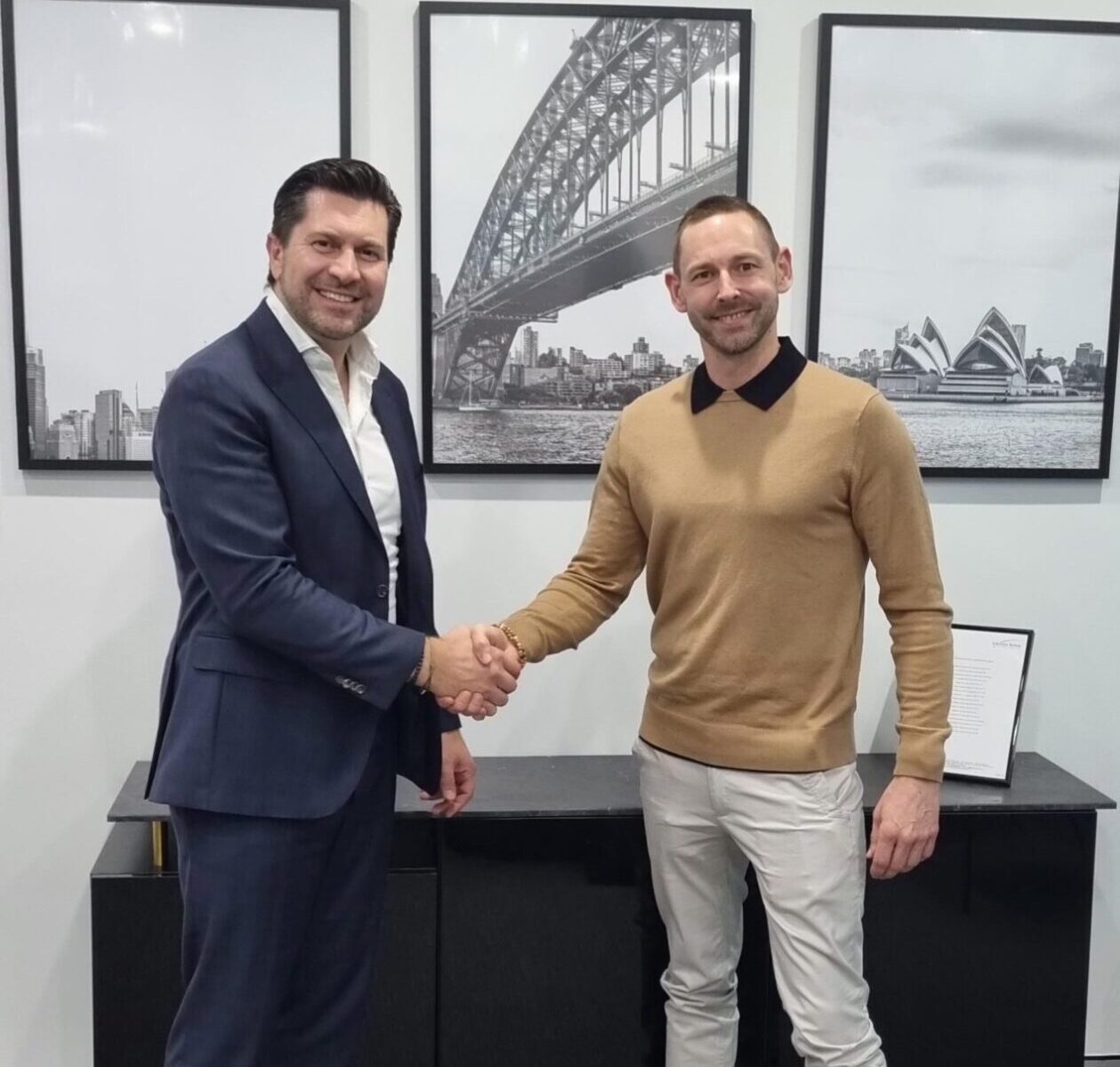Freedom to integrate best-of-breed technology delivers the flexibility, scalability and fast ROI businesses crave. So, where do some businesses go wrong? Chris More, head of Sales for Ferag’s UK and Nordic regions, explains.
Competitive pressures on margins combined with ever greater expectations from customers on service, product choice and speed of delivery, place a heavy and growing burden on the fulfilment function and its supporting intralogistics infrastructure.
Fulfilment now needs to be faster, more efficient and infinitely flexible, capable of dealing with constantly changing product profiles and more frequent peaks. A capability to leverage availability, service and costs across slick Omini-channel operations is increasingly in demand. And the need for easily scalable technologies /solutions is considered essential in facilitating growth and securing future performance.
Rising labour costs
Set against these high demands on performance, manual processes are becoming increasingly difficult to support. Faced with escalating labour costs and a shrinking labour pool, businesses are sensibly looking to automation to build-in agility, increase responsiveness and to keep competitive. But how should SMEs best approach a transition to, or an upgrade in, warehouse automation? How do you ensure the most appropriate technology is deployed, offering the flexibility and scalability needed, with the fastest ROI? Taking a wrong step at the outset can lead to restricted options and, ultimately, suboptimal outcomes.
Two approaches
There are two common approaches. The first is ‘Solution Dependent’: A prospective buyer can be tempted to identify a technology that looks appropriate and simply approach a manufacturer or vendor for advice. It may work out well, but there is a danger that the solution is limited to the vendor’s portfolio of products, imposing a major constraint on the solution design. As such, the ‘Solution Dependent’ approach tends to be very limited in scope and often fails to flex for future needs, locking clients into systems that are difficult to upgrade or integrate with new technologies.
The best outcomes result from allowing the client’s operational requirements define the best possible solution, and then selecting and integrating the most appropriate, cost-effective technology available. It’s all too easy to be sold a system that may work ‘okay’, as a compromise, but doesn’t necessarily offer you the best result – perhaps, falling short on flexibility, scalability, performance at peak or overall value. What’s missing here is independent informed thinking, combined with the freedom to choose best-of-breed technology.
‘Solution Agnostic’ approach
The alternative is to take a ‘Solution Agnostic’ approach, where an independent integrator is chosen that is free to select the most appropriate technology for the task. There are many advantages to working with an independent integrator. Firstly, and most importantly, being independent means that recommendations relating to technology and potential suppliers are unbiased, and are not determined by the need to sell a proprietary product. A good integrator with strong software capabilities can therefore bring together the very latest and most advanced technologies for the task, producing a best-in-class solution. Automation can offer a whole host of possible solutions to a range of warehouse processes – from goods-received, storage and order picking to packing, sorting and despatch.
Low Capex, fast ROI
Fast-developing technologies, such as Autonomous Mobile Robots (AMRs) combined with pick-to-light technology, have transformed goods-to-person order processing in recent years, bringing highly flexible and scalable, low-Capex solutions within easy reach of SMEs. However, the choices can be complex, making unbiased technical expertise an invaluable resource to tap in to.
AMRs are highly flexible and scalable forms of warehouse automation which can offer a really fast ROI. And technologies, such as zone-routing conveyors, flow-racking and cross-belt sorters, can all be brought together as a cohesive value-adding solution. Smarter picking software too can be deployed, along with pick-walls, to create continuous wave picking – boosting productivity and reducing dependency on labour.
As an integrator focused on delivering value to SMEs, Ferag’s ‘solution agnostic’ approach prioritises the needs of the application over a predefined technology set – ensuring the selection of the right technologies for the best possible outcome.
What success looks like
A successful outcome can take many forms. For one leading retailer, significant operational benefits and savings were achieved through creating an Omni-channel fulfilment operation, integrating a variety of picking, sorting and storage methods for efficient processing of ecommerce orders as well as store replenishment. In another application a prominent 3PL has been able to use modular automation to great effect across multiple clients, scaling up or down as demand dictates – giving the confidence to maintain performance, even at peak.
Key to successful integration of best-of-breed technology is the skilled application of versatile software. Ferag’s intelligent proprietary software, ferag.doWarehouse, has the power to connect, control and manage a whole world of smart warehouse technologies from different suppliers, making Ferag the leading independent integrator for SMEs keen to take their first-step into warehouse automation.
similar news
Seven-point checklist to help SMEs maximise automation investment








